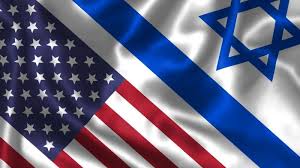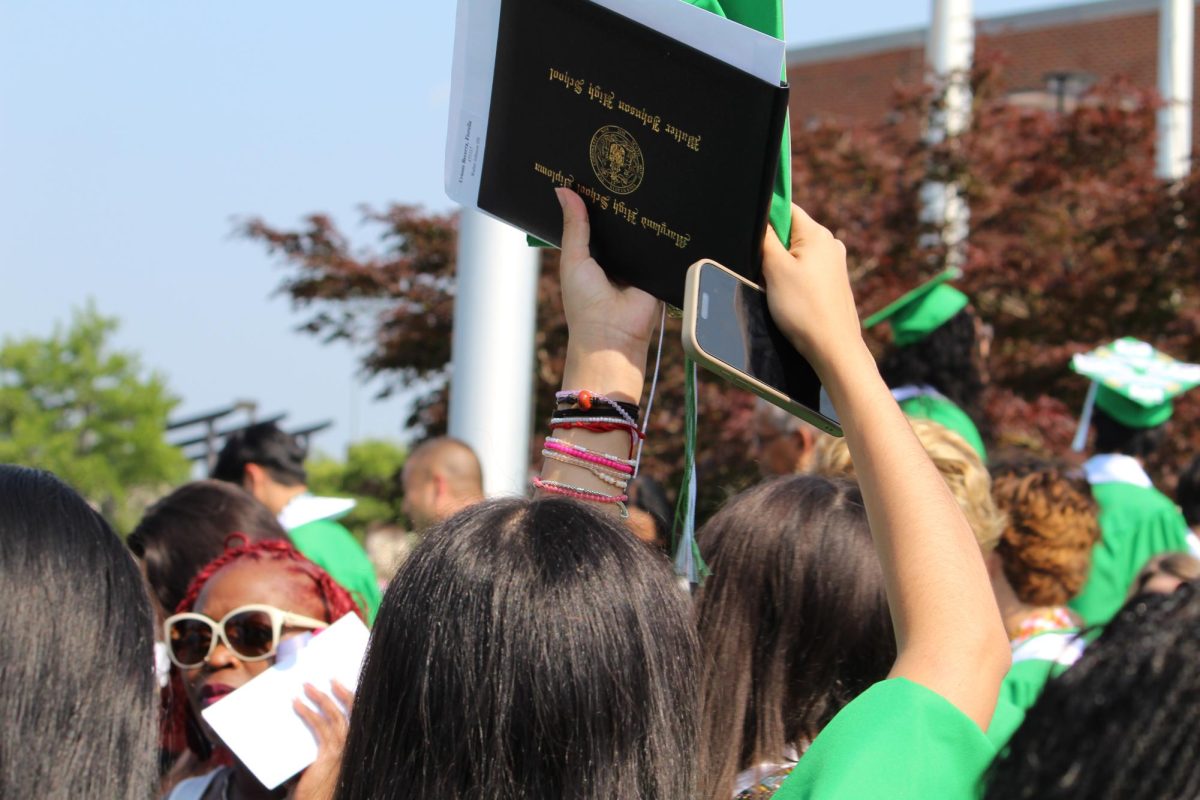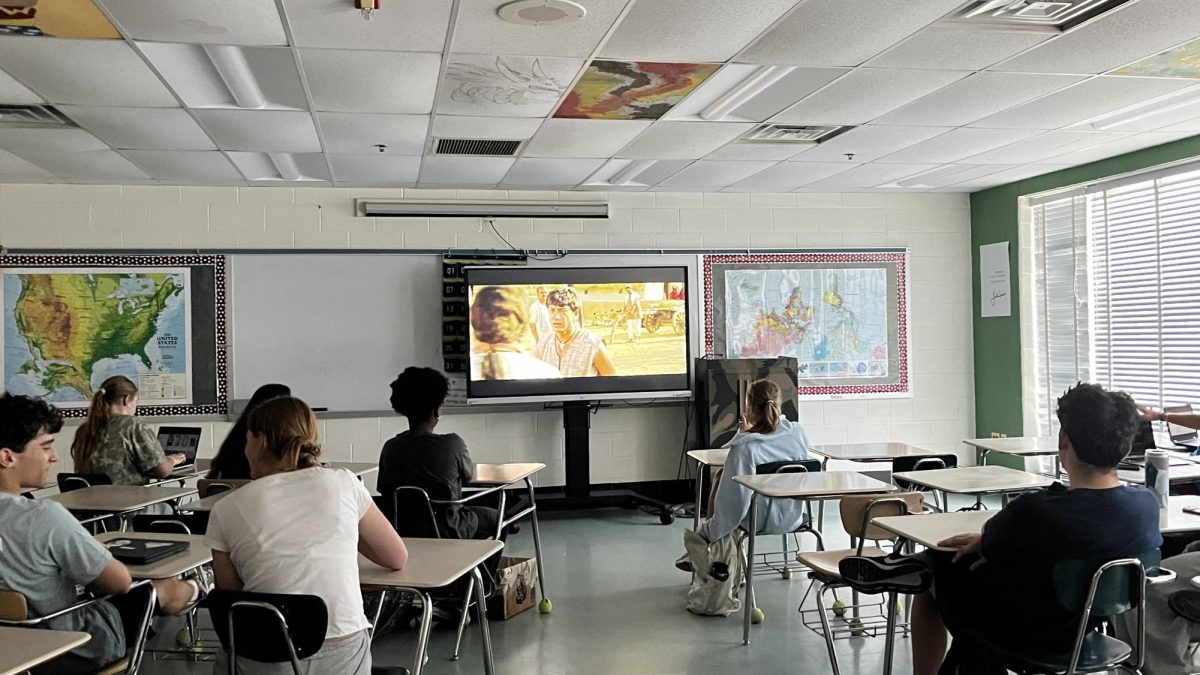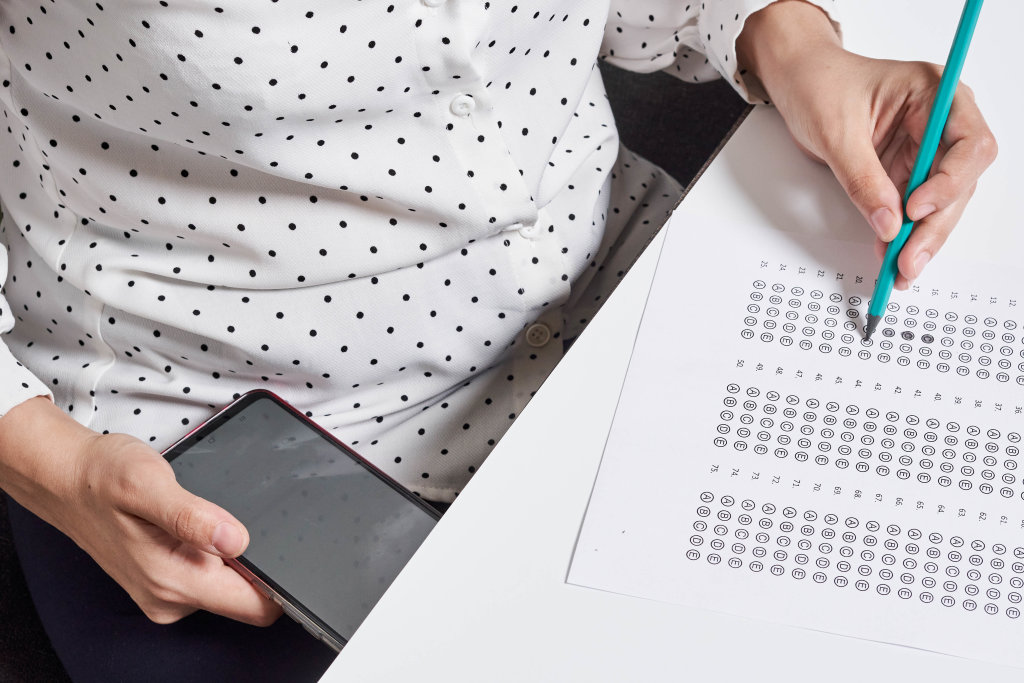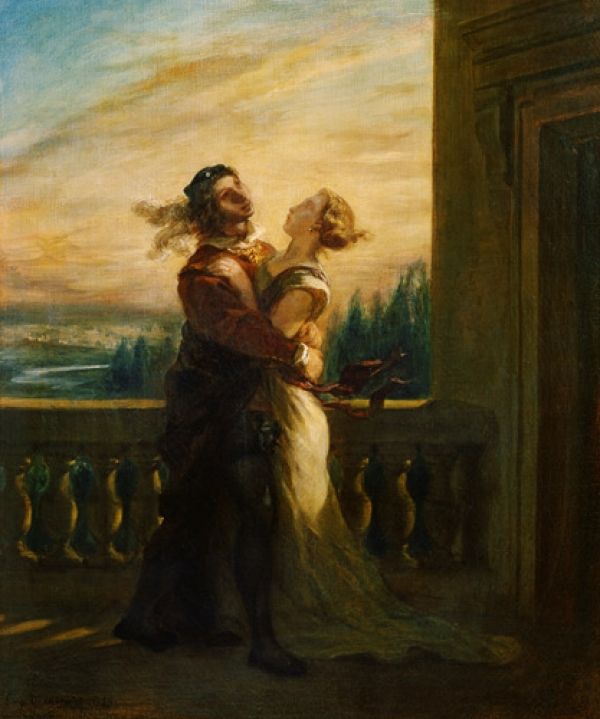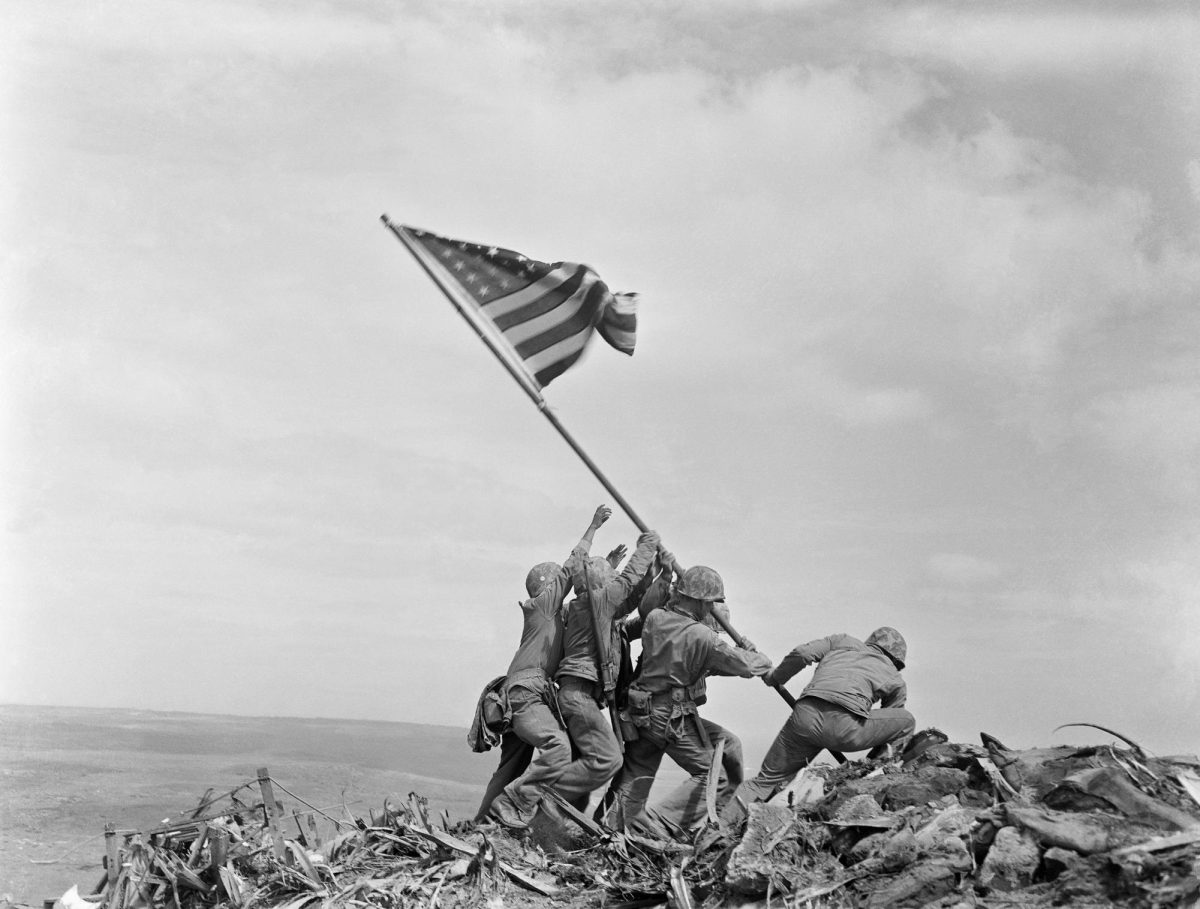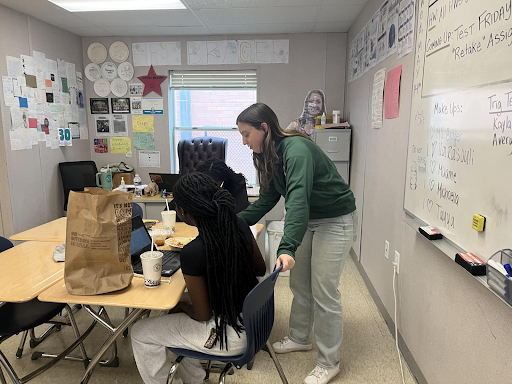
For the longest time, women’s basketball played second fiddle to the spectacle of the NBA and NCAA men’s basketball. Critics often pointed to the perceived lack of athleticism and physicality as reasons for its lower appeal.
However, in recent years, viewership of women’s basketball has skyrocketed for a multitude of reasons. A clear indicator of this growing popularity is the women’s March Madness tournament final between Iowa and South Carolina, which drew more viewers (18.9 million) than the men’s final (14.8 million) for the first time in March Madness history.
Players like Caitlin Clark and Angel Reese, among other talented female players have captured the attention of the sports-watching audience, so much so that ESPN and the NCAA reached an eight-year media rights agreement, in which both entities will work together to maximize exposure opportunities for women’s sports as a whole on widely accessible networks like ABC and ESPN throughout the term. The questions arise – why is this happening now, and what are the future implications of this development?
Because of all the attention the women’s game is currently receiving, it’s easy to forget that stardom in women’s basketball didn’t just pop out of thin air a few years ago. Players like Candace Parker, Maya Moore, Britney Griner, Breanna Stewart, and A’ja Wilson are all female athletes who paved the way for the current stars of the game. The difference maker today is the continued growth of social media and the advent of Name, Image and Likeness (NIL) deals. Today’s players aren’t just prominent on the basketball court but also across platforms like TikTok and Instagram, and even in mainstream advertising with brands like Gatorade and New Balance. The talent has always been there, but because of the sheer exposure that women’s players are now receiving, they are only now getting the recognition that they have long deserved.
Another interesting aspect of the women’s game that has gradually proven to be advantageous is the WNBA’s draft entry policy. One of the big separators between the men’s and women’s game in college basketball is the implementation of the one-and-done rule. In the men’s game, athletes can declare for the NBA draft after just one year in college, whereas the WNBA requires players to be at least 22, to have completed their college eligibility, to have graduated from a four-year college or to be four years removed from high school. This policy has ensured that star players like Iowa’s Caitlin Clark and LSU’s Angel Reese can compete against each other over the course of multiple seasons, as their 2023 tournament final matchup added to the suspense of their Elite Eight showdown of the 2024 tournament.
When you couple the notoriety that these players receive from their extended tenure in college with the lucrative NIL deals that they have the potential to receive, it makes sense that the big names of women’s college basketball are in no rush to declare for the WNBA draft. They now have an opportunity to grow their brand and a fan base over the course of their collegiate career, which in many cases, lead to earning opportunities that surpass those in the WNBA.
Having a more popular women’s game brings issues like the NCAA gender equity report and the Kaplan report of 2021 back to light. The lack of funding for women’s collegiate basketball in comparison to the men has often been justified by the difference in revenue generated, but that argument can be called into question as viewership totals begin to even out among men’s and women’s games.
As many of the standout players of this past year take their talents to the WNBA, it remains to be seen whether their substantial fan bases will travel with them. Historically, college stardom hasn’t always translated to a similar level of popularity in the WNBA, but there is hope that this draft class can break that trend.
But most importantly, NIL, social media influence and profitability aside, the recent surge in popularity of women’s basketball serves as an inspiration to the younger generation of female athletes. Norah Youssef, a sophomore who plays for WJ’s girls varsity basketball team, reflects this sentiment.
“When I would play in elementary school I was constantly surrounded by boys and my talent was often misjudged because I was a girl. But there are so many girls now picking up the sport because of the recent popularity. It’s so great to see that when a girl wants to go to her local park to shoot around, she won’t be the only girl there,” Youssef said.



